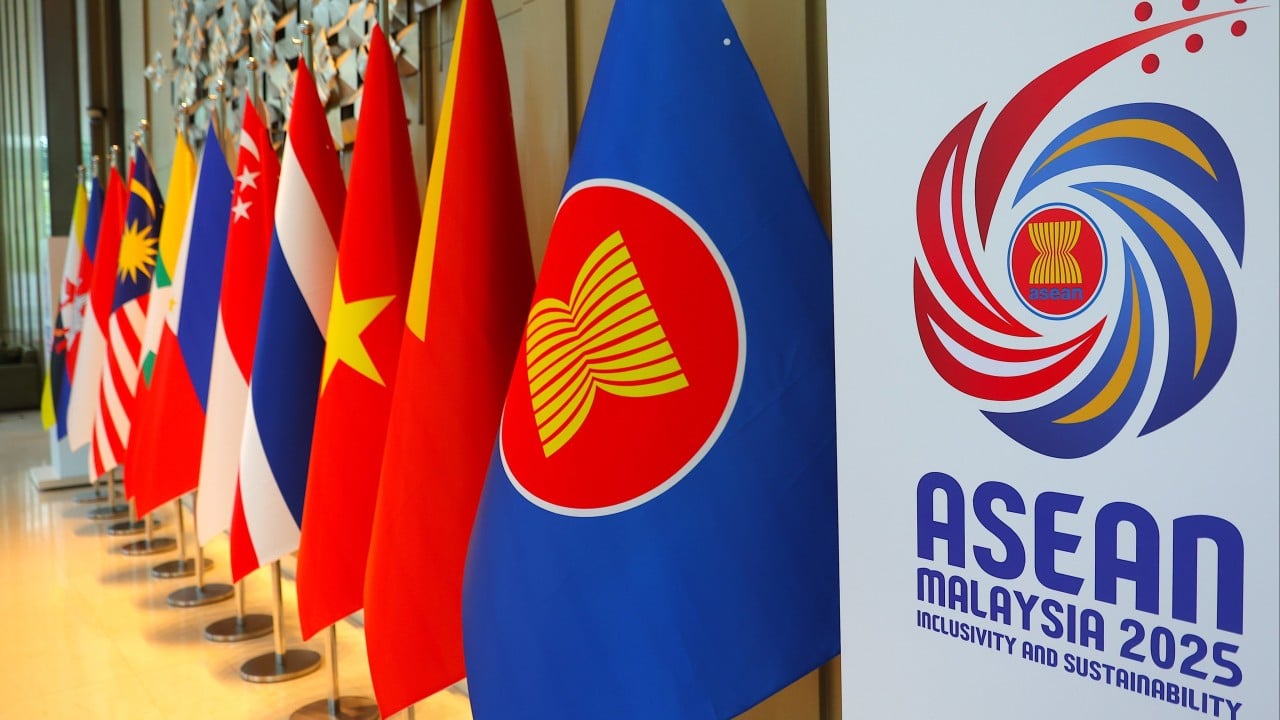When US President Donald Trump’s tariff chaos eventually calms, its long-lasting consequences will significantly affect the area just south of China and east of India – Southeast Asia – and its organisational bloc, the Association of Southeast Asian Nations (Asean).
Advertisement
Trump’s focus on protectionism is likely to replace uniform tariffs with varying import taxes for different countries. This shift could create divisive and harmful effects for Southeast Asia and Asean, which are interchangeable but distinct, fostering competition rather than enhancing cooperation among their economies.
The time has come to think of this central Indo-Pacific neighbourhood more as a Southeast Asian region and less as an Asean organisation of production networks and global supply chains.
To be sure, Trump’s unilateral tariffs across Washington’s geoeconomic chessboard pose a critical test for Asean. The Southeast Asian grouping has weathered many geopolitical and geoeconomic storms in its 58-year existence, but few are as serious as the Trump tariffs. Asean risks facing further division, reduction, and irrelevance unless it can reorganise and unite.
Over the last 13 years, Asean has already faced complicated divisions due to the US-China rivalry, Beijing’s aggressive actions in the South China Sea, Myanmar’s 2021 coup and subsequent civil war, along with Russia’s invasion of Ukraine in February 2022. The responses of Asean member states to these challenges have varied.
Advertisement
Regarding the US-China confrontation, for example, the Philippines relies more on Washington’s support to stand up to Beijing on overlapping territorial claims in the South China Sea, whereas Laos is more economically dependent on and supportive of China, with others positioned between the two superpowers in pragmatic ways.

